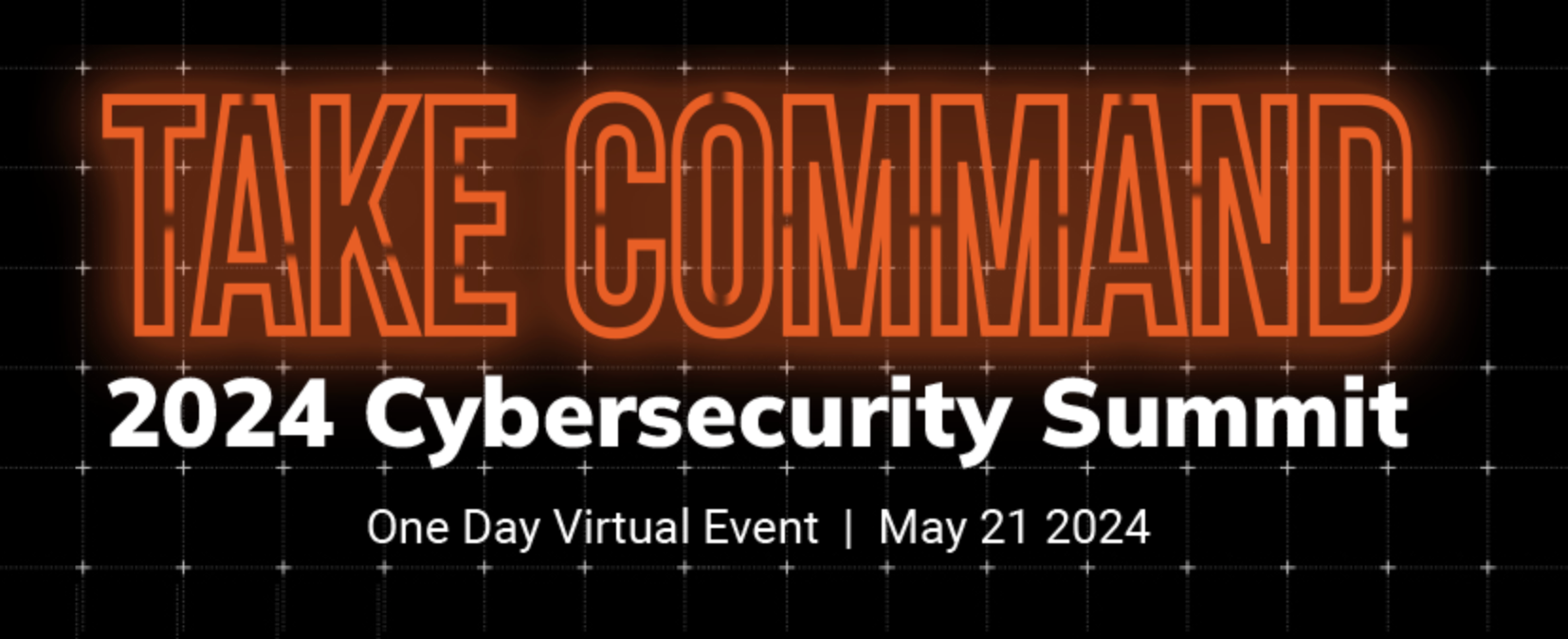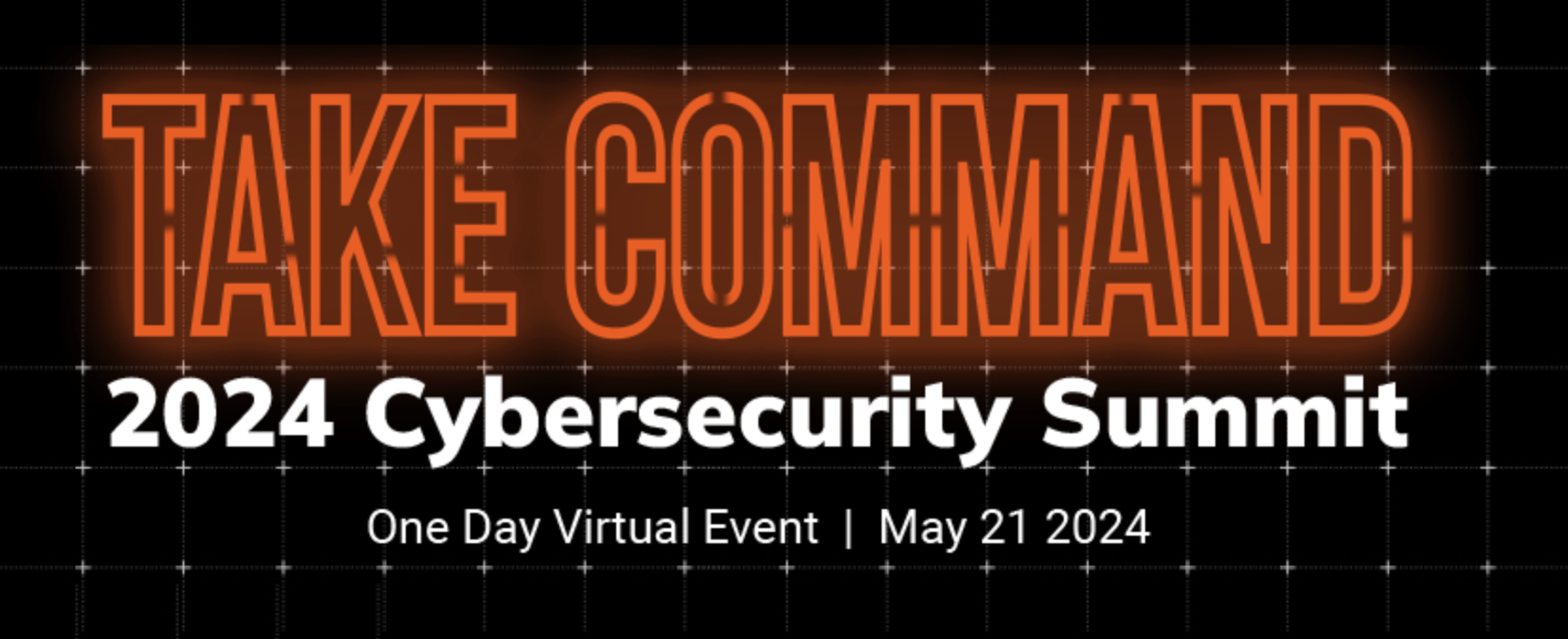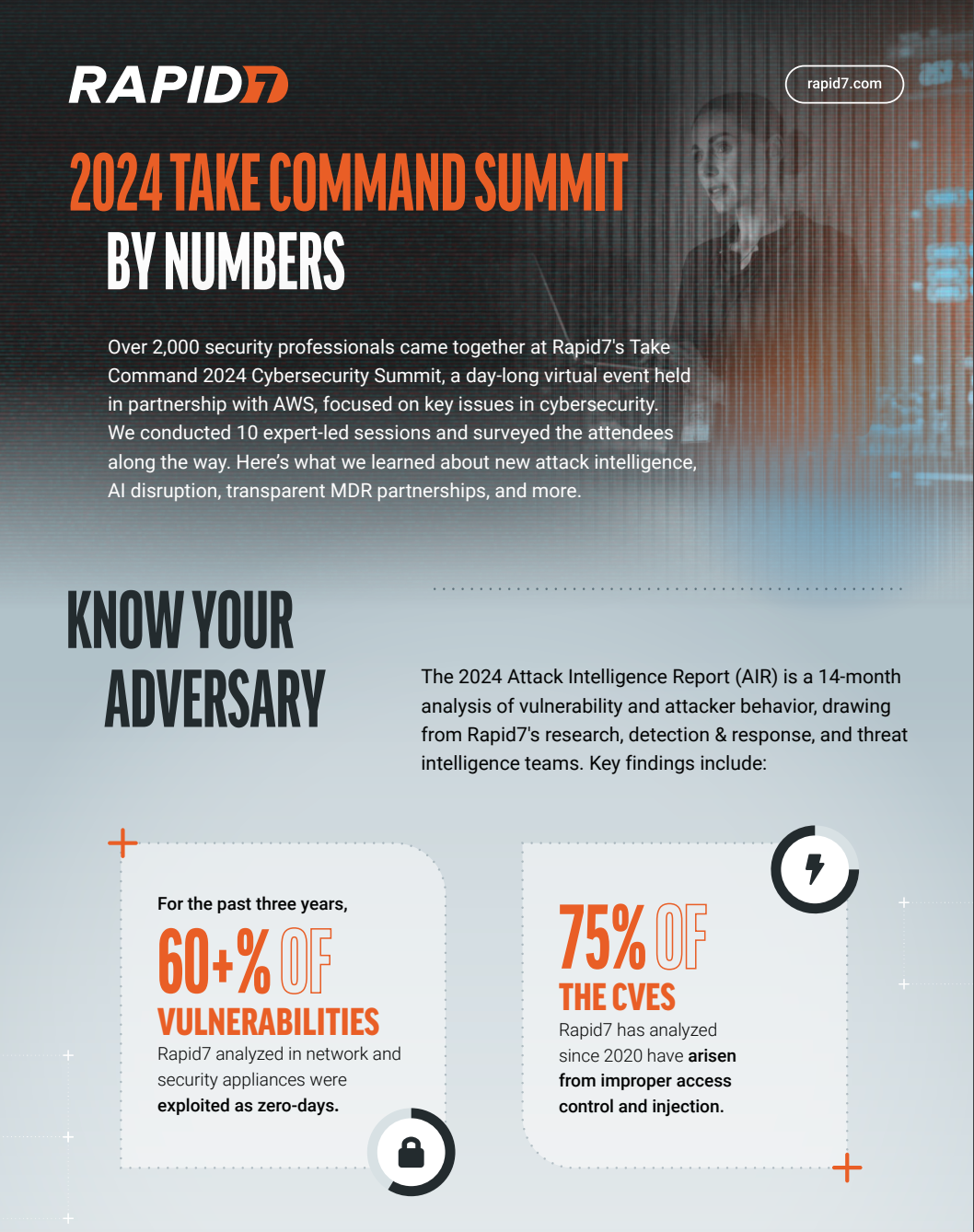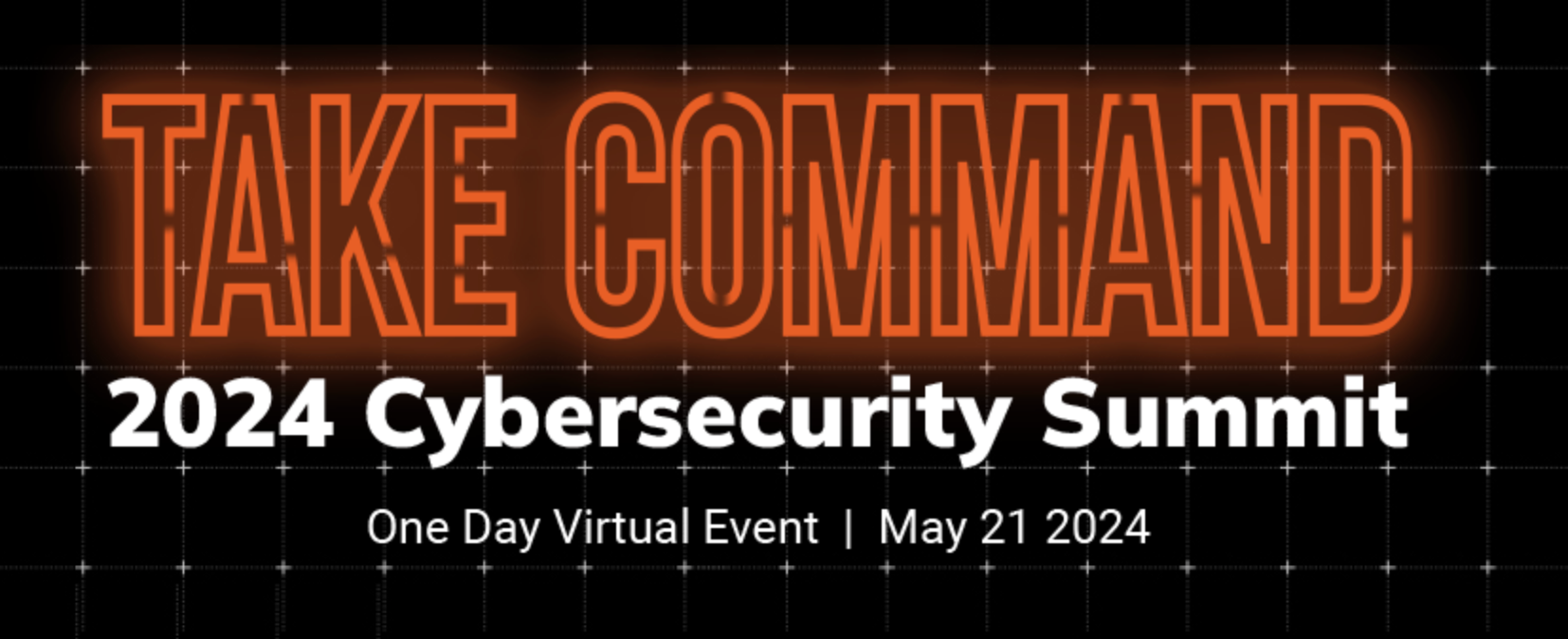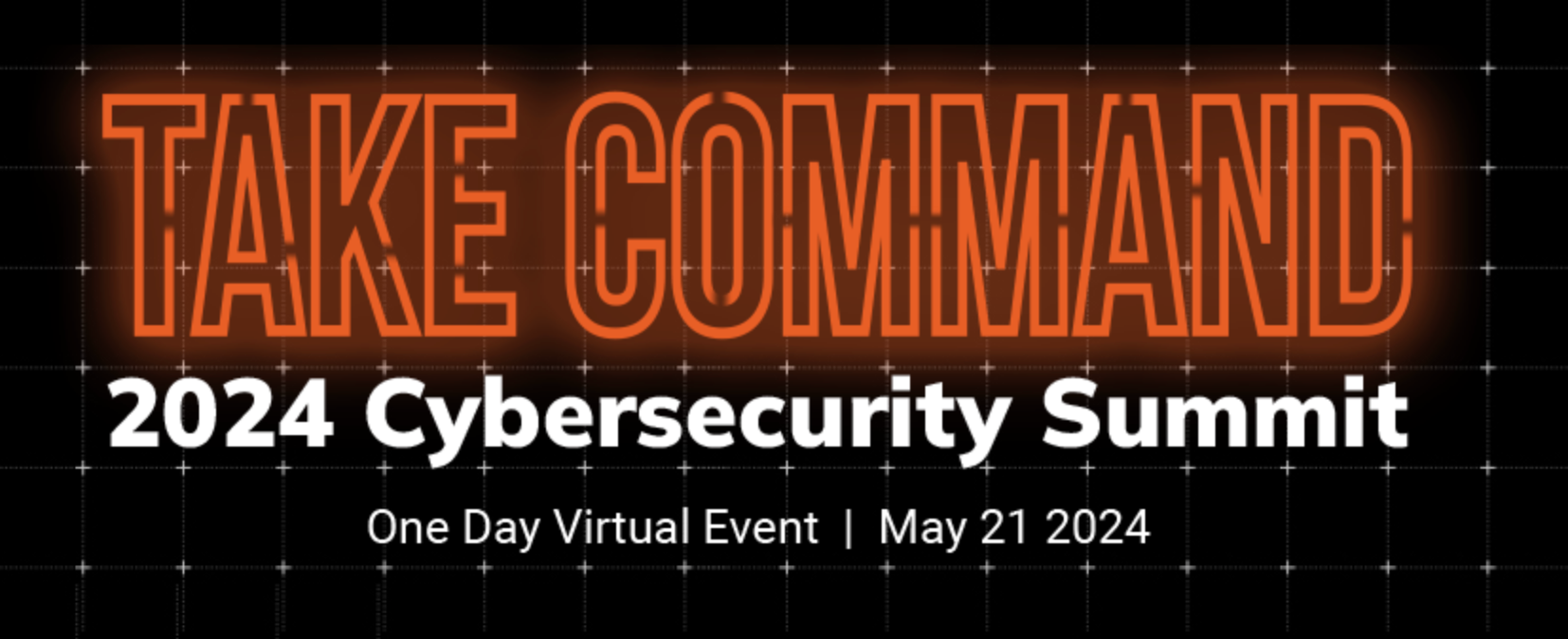Key Takeaways From The Take Command Summit: Building Resilient Cyber Defenses Through AI
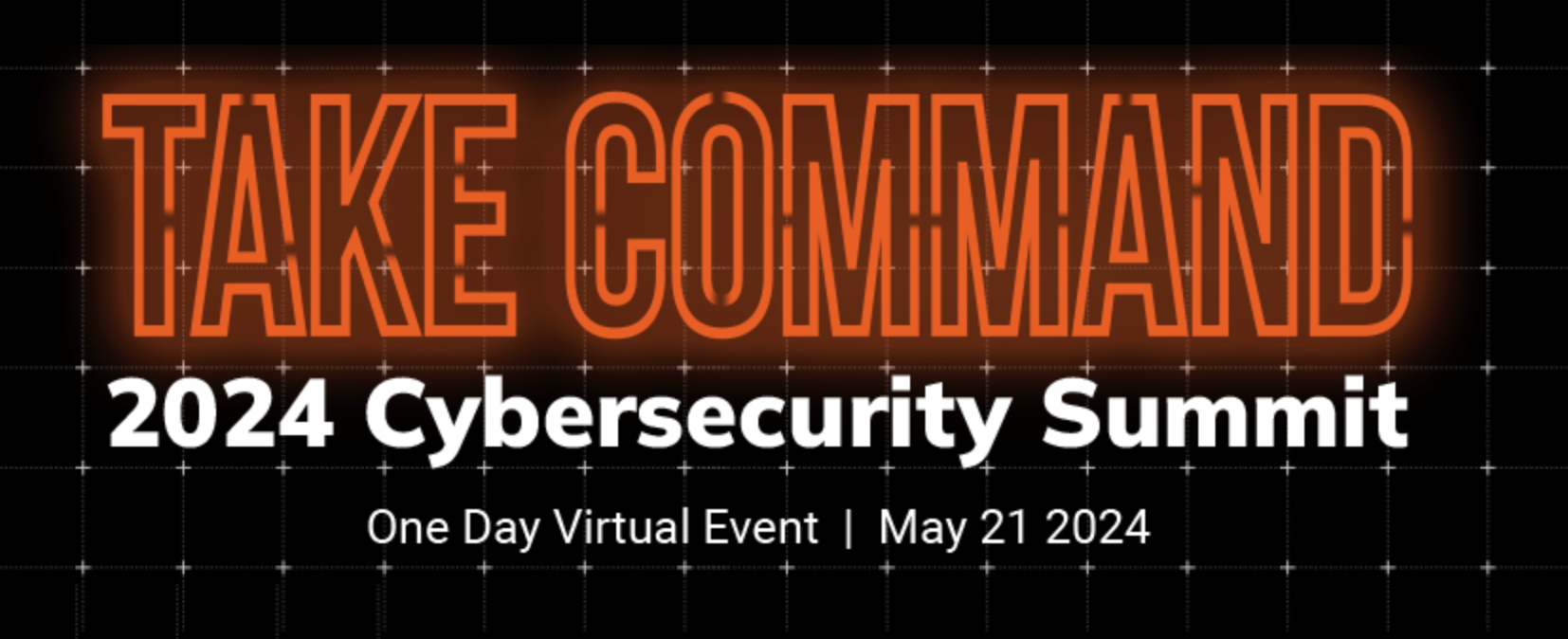
One of the most talked-about sessions at the Take Command 2024 Cybersecurity Virtual Summit,"Control the Chaos: Building Resilient Cyber Defenses Through AI," featured experts from AWS and Rapid7 exploring how artificial intelligence is transforming cybersecurity and sharing practical guidance on leveraging AI to enhance cyber defenses.
Here are the key takeaways:
- AI Enhances Alert Triage and Contextual Information: Laura Ellis, Vice President of Data Engineering at Rapid7, highlighted the power of AI in managing the overwhelming volume of alerts. "Using AI to help with alert triage... finding that signal, boosting the signal, reducing the noise, and being that assistant to work through that high volume of alerts." AI can also provide additional context to security teams, helping them make more informed decisions quickly.
- The Role of AI in Reducing Manual Tasks: Generative AI can significantly reduce the manual workload on security analysts. Laura said, "we can leverage AI to generate that first report draft for them," allowing analysts to focus on more critical tasks. This efficiency is crucial in a field where time and precision are paramount.
- Collaboration and Governance in AI Integration: Stephen Warwick from AWS emphasized the importance of cross-industry collaboration and robust governance in AI deployment. "AWS collaborates directly with Nvidia... to ensure secure communication between devices and apply responsible AI policies across the board." This collaboration is vital for developing secure AI solutions that meet industry standards and regulatory requirements.
Our post summit survey revealed that 37% of respondents see the largest potential for Generative AI in detecting advanced threats faster and with more precision. This highlights AI's role in automating manual tasks and reducing the workload on cybersecurity teams, leading to quicker threat identification and response.
AI offers significant promise in enhancing cyber defenses by improving alert triage, reducing manual tasks, and ensuring robust governance through collaboration. If you're interested in learning more about how AI can transform your cybersecurity strategy, click through to watch the full session.
